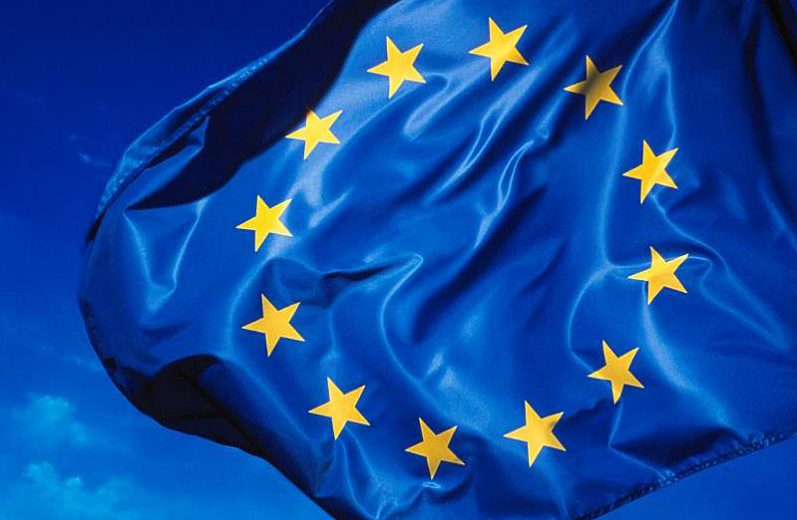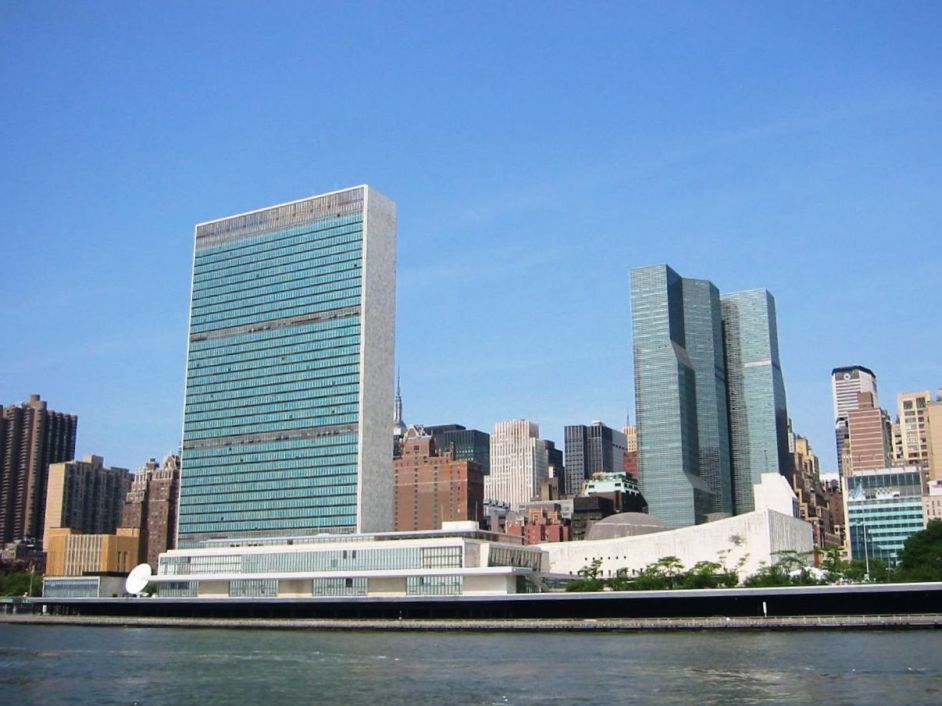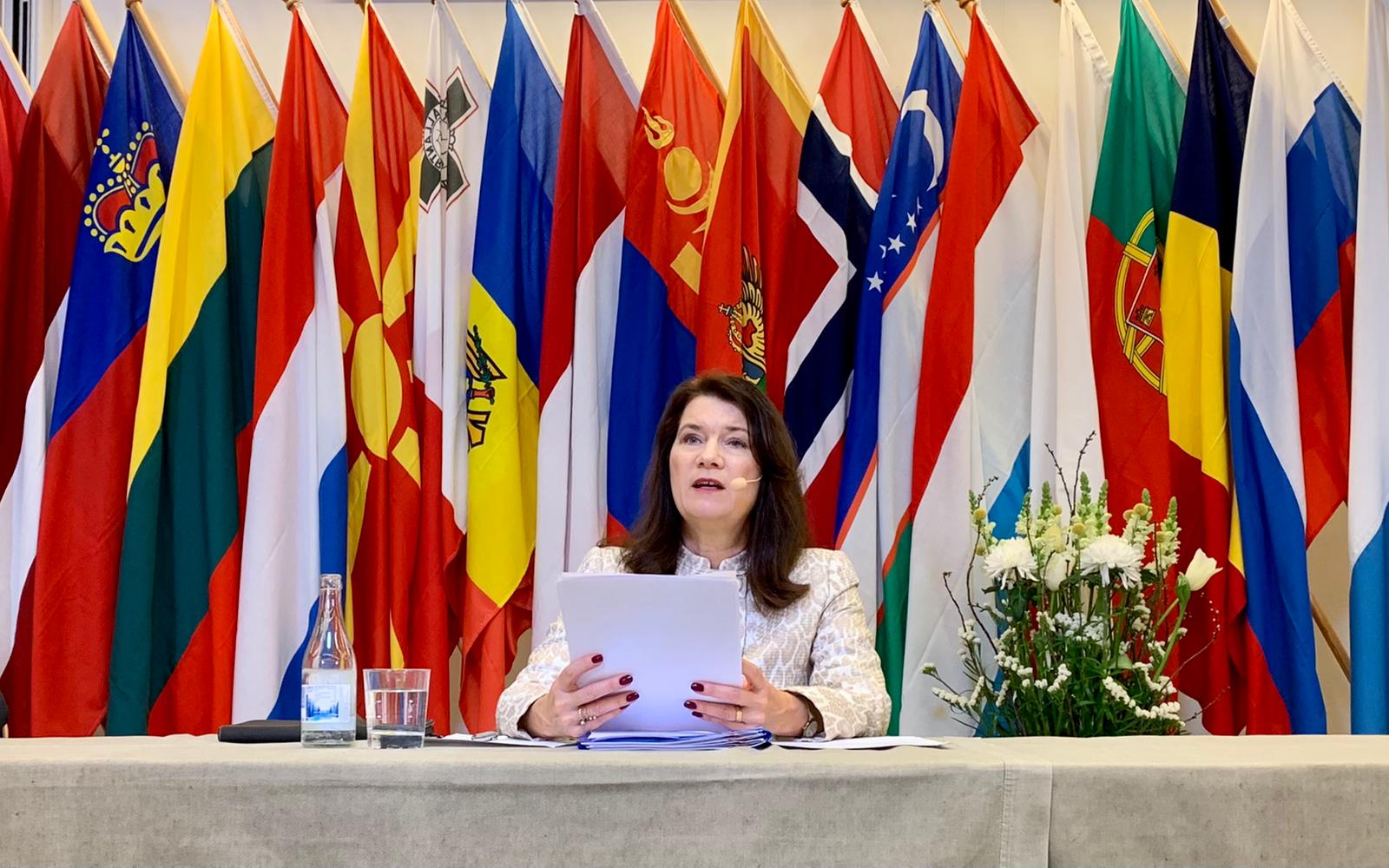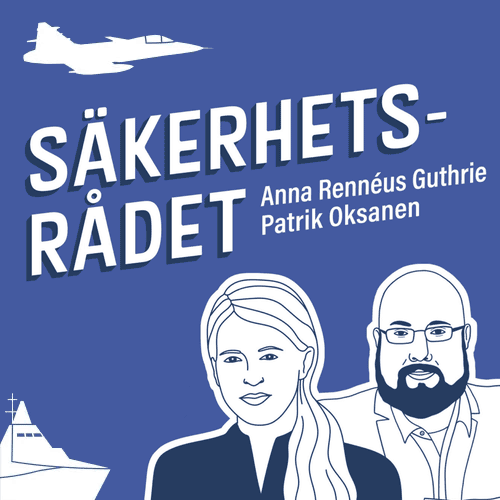Officials and analysts these days speak largely in unison of an increasingly threatening global context, and menacing uncertainty regarding security and multilateral cooperation. This trend was highlighted in the EU´s Global Strategy already in 2016 and is now notably amplified in the discussions related to the “Strategic Compass” presented by High Representative Josep Borell in November 2021.
With an aim to contribute to this process, follows a series of three articles by Henry Wathen.
The first article is an assessment of trends in cooperation which justifies a change of mindset to accept modular endeavours, as well as rapid reaction before council decisions. The forthcoming two will focus on concrete recommendations on updating and adapting the EU’s external action.
The EU’s Common Foreign and Security Policy (CFSP) and its subset of instruments now known as the Common Security and Defence Policy (CSDP) saw their first formalisation with the EU Security Strategy of 2003 (1), a time of comparative optimism and perceptions of a more benevolent global climate.
However, some basic parameters articulated in 2003 remain highly relevant. Most essentially: ”No single country is able to tackle today’s complex problems on its own” (2) and that ”… the point of CFSP and ESDP (3) is that we are stronger when we act together…” (4) The same strategy of 2003 asserted there was “no existential threat” to the Union – a tenet notably absent today.
Optimists 2003, realists since 2015
In the evolution of EU instruments, the 2009 Lisbon Treaty with its key parameter of creating the European External Action Service (EEAS), still breathed the optimism from the 1990s of an expanding liberal world order. Although the next few years saw a series of concerning developments. To name a few; turbulence in Libya with spectres of destabilisation on the Mediterranean from 2010, Russia unilaterally annexing Crimea in 2014, as well as massive flows of migrants and refugees from 2015. The following year, EU institutions articulated a current vision in the “Global Strategy for the EU’s Foreign and Security Policy” (5) assessing that;
… the EU is surrounded by an arc of instability… inviolability of borders … no longer respected and the unravelling of a century-old regional order. (6)
Some five years later after the prescient 2016 strategy, the US and allies withdrew from Afghanistan, giving remaining idealists a sobering cold shower. A plethora of voices now call for revising the EU’s stance on security and defence. Though, agreeing on the specific measures to take will require exhaustive late-night wrangling in the now well-established Brussels culture where a so-called ‘crisis’ is actually ‘the new normal.’

Photo by JC Gellidon on Unsplash
World in disorder
The pandemic that followed the 2016 strategy saw the term ‘global reset’ becoming mainstreamed into the jargon of international relations. Discussions related to both the Global Strategy and the “Strategic Compass” reflect the colossal forces set in motion with today’s world of hyper-connectivity.
Societal developments such as digitalisation, automation, the advent of crypto currencies and growing corporate power have generated doubts about the resilience of the post-1945 global economic paradigm gravitating around the Bretton Woods institutions (World Bank, International Monetary Fund and World Trade Organisation).
As for economic power dispersion, developments seen in the last two decades are broader than the rise of the so-called BRICs (Brazil, Russia, India and China) or a focus shift from the G-7 to the G-20. Thus, EU Member States (MS) and partners face a formidable challenge of exponentially rapid change, as well as omnipotent polarisation and changes in polarity – bipolar to unipolar (ca 1990), then multipolar or a fragmented and flickering macro-polarity in a state of rapid flux).
Council in discord
The wider UN family of multilateral organisations, with states as constituent subjects, and well-known shortcomings in cooperation and coordination, still remain the best (essentially the only) overarching platform for addressing global concerns. For international security, the current state of tensions and difficulties in obtaining consensus in the UN Security Council (UNSC) give clear indication that UN-mandated peace enforcement or sanctions will not be tools set in motion to any large extent.
The atmosphere in the UNSC likely follows from the permanent members now being involved in all regions of the world. It is today hard to imagine any conflict setting where views and interests of all these five major powers align.
It’s all about the margins and couloirs
Yet, the UNSC as an entity still provides a crucial forum for consultations. Considering the precedent of the League of Nations only reforming after the second World War, efforts to discuss a change of structure are futile considering the omnipotent discord. Rather, the UNSC may even have an increased importance for the EU if utilised in a manner recognising the current limitations.
Hearings and ad hoc consultations in the UNSC and more importantly, in its margins are crucial for attaining agreements on principles and any broader consensus on actually preventing escalation.
Blue helmets waning
Complex multidimensional peacekeeping operations have recognised achievements of the past, but in the current state of affairs they appear both difficult to launch, as well as blunt instruments, ill-equipped for the challenges of tomorrow’s world. However, institutionally the UN has with seeming strategic foresight developed instruments with considerable resilience and adaptability.
Bolstered UN Country Teams
A reinforced structure of UN Country Teams now with Resident Coordinator offices with autonomous funding mechanisms provide a durable global multilateral network. In a similar positive note on multilateral resilience, the entire structure of UN independent agencies and autonomous programs, may have been ridiculed as lacking in coordination, yet facing current global fractures, these actually stand out as resilient by their modularity and division and power.
Dinosaurs die, agile birds live on
Other key instruments that the UN may further enhance in operation are Special Political Missions, which can be launched without a decision by the UNSC, but obviously need buy-in from key stakeholders to deliver tangible results. While large UN peacekeeping missions are reactive, costly, challenging to manage and face questionable prospects to see actual operationalisation, regional forces appear to be on the rise, particularly in Africa. However, any successful contribution to stability by a multinational force, will depend on deconfliction, harmonisation and political acceptance by the major stakeholders.
Modularity and plurality
The UN system, with its agencies, funds, programs and Resident Coordinators together provides an endoskeleton and a multifaceted plethora of supporting mechanisms for multilateral cooperation.
However, organs, nerve system and muscle must be provided by UN members and regional organisations. In a similar guise of reinforcing plurality, EU institutions and MS, remain a strong global set of forces to both together and individually support peace initiatives of all sorts, joining partners and allies in virtually any multilateral framework. There is no one-size model for all possible interventions and small-size preventive measures may be both most feasible and most efficient for many tasks.
One may fall, the others carry on
In a climate of cut-throat bargaining for funding and nominations for leading positions, the entire multilateral system may see specific organisations hampered in operations, or even blocked. Overlapping separate and complementary structures allow for continued international cooperation.
This tenet applies to the UN system, as well as regional structures, including the EU. Institutions and mechanisms which are autonomous rather than centralised to ensure that when one is blocked, the others carry on. In essence, this is the EU model of resiliency at its best.
OSCE’s rotating brinkmanship
The Organisation for Security and Cooperation in Europe (OSCE) may in its field operations be further hampered by the construct of each participating state having a veto in the Permanent Council and thus being able to block mission extensions for example. The heyday and broad expansion of the OSCE took place namely in the benevolent years around the turn of millennia. In today’s age of discord, a realistic ambition for the OSCE is rather to focus on its original function as a political platform for seeking consensus.
OSCE and EU engagement overlap in EU’s neighbourhood
With regard to OSCE, an example of the type of challenge facing the EU relates to the major field presence of the Special Monitoring Mission (SMM) in Ukraine, under a constant Russian Damocles sword. In light of the current dynamics, it is imaginable that SMM could follow the path of its predecessor in Georgia, where the OSCE Mission was discontinued in the ‘new realities’ imposed by Russia following the 2008 conflict. Only EU monitors remained, and only on the territory controlled by the Georgian central government. This described scenario of a discontinued SMM, serves to illustrate how the EU’s political chutzpah, is in high demand in Ukraine and Georgia where the conflicts are fuelled by geopolitical fault lines.
Quid pro quos between East and South
A unified policy among MS, addressing the challenges described in the Global Strategy and such key parameters as the transatlantic link, would certainly expedite policymaking. However, there are no signs of any expanding consensus amongst MS, nor is the political climate evolving in the direction of fewer obstacles to agreeing on specific issues. On the contrary, views increasingly diverge and there seems to be an increasing frequency of unwritten intra-MS quid pro quo deals which balance both the union´s resources and political commitment to projecting strength vis-à-vis Russia, versus providing security in the Mediterranean (the two threat directions of East and South outlined in the 2016 Global Strategy).

Arctic is of growing importance. Foto av Hans-Jurgen Mager på Unsplash
Future trends: Clusters of agreements and neither war nor peace
In this climate of both increased confrontation globally and frictions within the EU, two likely continued trends for cooperation in the next decade can be discerned:
First, another grand EU-treaty is unlikely to pass approval of all MS – rather interlocking security and defence mechanisms develop that MS (and allies) opt in or out of, such as the Permanent Structured Cooperation on Defence (PESCO) which gives MS a framework for teaming up in defence procurement, or for operations and training, cooperation clusters such as the UK-led Joint Expeditionary Force (JEF) provides a politically flexible network. Cooperation in most spheres will likely advance only in this manner piece-meal in ad hoc groups of MS, at times joined by non-MS partners and/or other multilateral organisations.
Second, EU (and NATO) mutual defence clauses are unlikely to be pivotal for proactive crisis response. While they are being reviewed in relation to the latest iterations of hybrid warfare and proliferation of unconventional threats, today’s global setting renders such clauses somewhat obsolete. Declarations of war between states appear increasingly as rhetoric of the past. MS will be inclined to act also against unconventional attacks and the use of proxies (terrorists, criminals or refugees/migrants as instrumentalised mass hostages). As the grey zone presents significant challenges to situational awareness, yet entails clear and present threats, MS will have to act before summoning the Council for any decision of mutual defence.
No grand coalitions, only shared interests to varied degrees
A somewhat positive aspect of the fragmented and polycentric international relations is that world wars with two well-defined camps, as seen twice in the 20th century now seem less likely. The interconnectedness and complexity of today are more likely to put states in dilemmas of having to balance and weigh dependencies in multiple vectors, than to commit to a total war between coalitions.
Summary
For progressing through a necessary paradigm shift (in line with the 2016 Global Strategy), accepting that ‘crisis is the new normal’ is central.
In practice, calling for extraordinary high level council meetings and prolonged deliberations at each drama unfolding, does not seem feasible. Regarding instruments, a decisive reform is necessary, though most important is the political mindset which normalises rapid action by specific MS.
Only later joint action with common and multilateral instruments may follow, when and if deemed appropriate. The EU framework should be seen as a platform enabling cooperation and mobilising political support, never an obstacle for timely action. CFSP and CSDP instruments and fora are tools for MS to address challenges, not factors limiting their agility and restraining capability.
Henry Wathen
Wathen has served in multiple EU-missions in the Balkans, Middle East and the Caucasus from 2003 to 2020. Currently he is studying Theology at the University of Uppsala.
Fotnotes:
(1) “European Security Strategy: A secure Europe in a better world” ESS, 2003.
(2) “Ibid., p. 28.
(3) European Security and Defence Policy (ESDP), prior to Lisbon Treaty taking effect and transforming to CSDP.
(4) ESS, 2003, p. 42.
(6) Nathalie Tocci. Framing the EU Global Strategy: A Stronger Europe in a Fragile World. Cham: Springer International Publishing, 2017.



